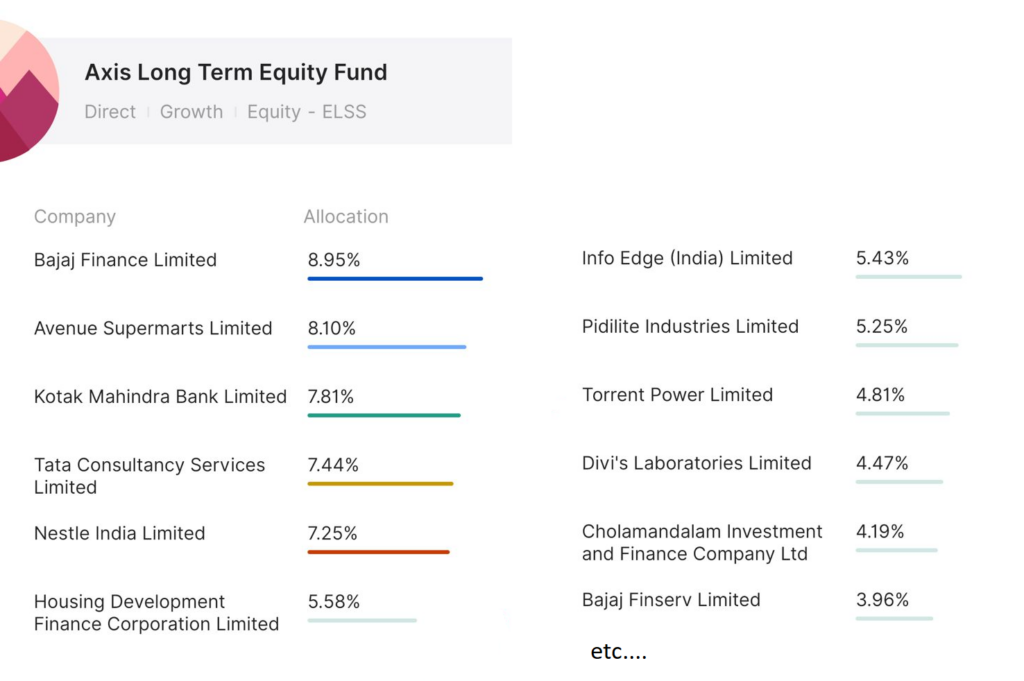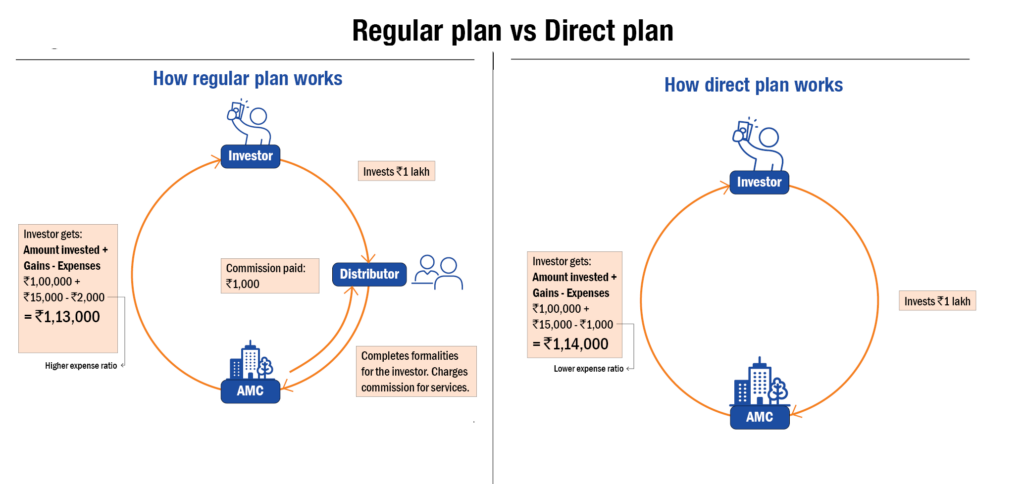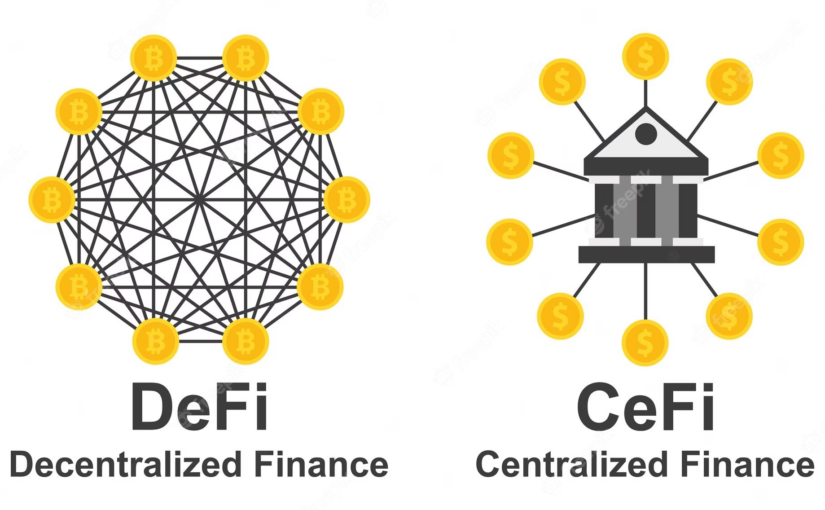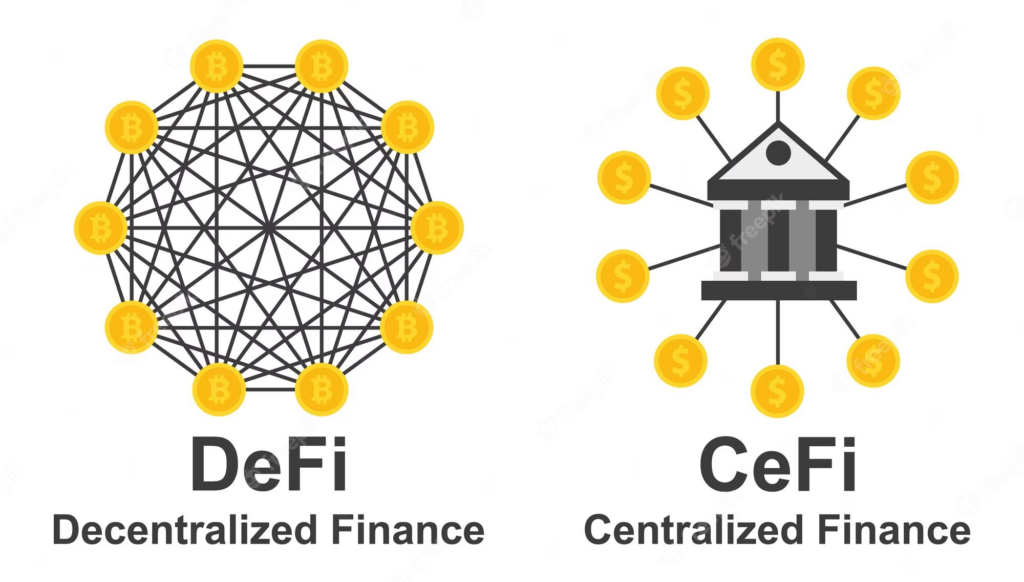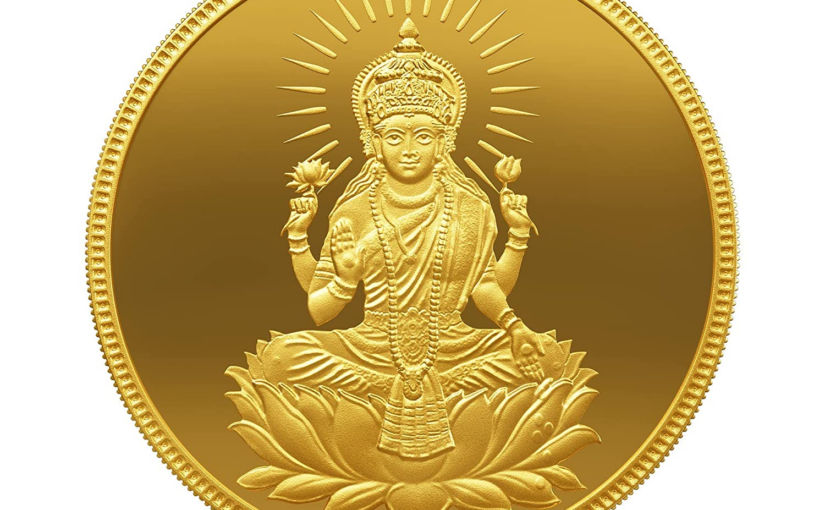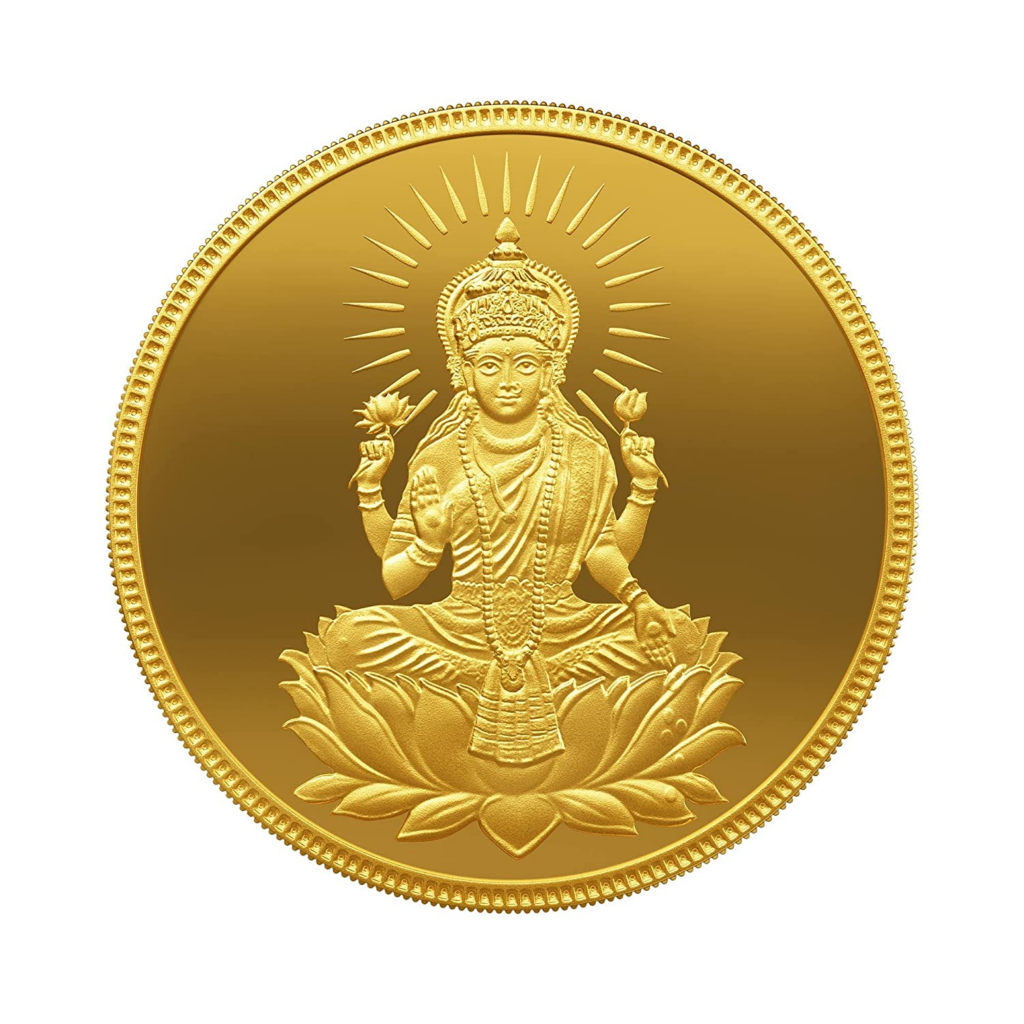
In a world where riches are often mistaken for wealth, it’s vital to look beyond mere appearances. Take, for instance, my friend’s opulent 1.5 crore house, which might lead one to perceive him as rich. However, a casual lunch conversation shed light on the fact that his home was primarily financed through a 1 crore loan, with a 50 lakh down payment. This encounter emphasized the importance of assessing true wealth by considering not only “ASSETS” but also “LIABILITIES”.
Enter the balance sheet—an invaluable tool, not only in the realm of personal finance but also in businesses, enabling us to accurately evaluate a firm’s financial standing. Join me as we delve into how balance sheets are constructed . unravel the distinction between being rich and being truly wealthy, where assets and liabilities play a pivotal role in the pursuit of lasting financial prosperity.
From Empty to Empowered: Unveiling the Dynamics of an Infused Equity Balance Sheet.
At the inception of a company, its balance sheet starts as a blank canvas, devoid of any entries. This empty balance sheet signifies a clean slate, ready to capture the financial landscape of the newly formed entity. As the company comes into existence, capital infusion through equity serves as a significant milestone.
| Current Assets | 0 |
| Non-current Assets | 0 |
| Total Assets | 0 |
| Current Liabilities | 0 |
| Non-current Liabilities | 0 |
| Equity | 0 |
| Total Liabilities + Equity | 0 |
Let’s consider a scenario where 4 lakhs is infused as capital equally by Aakash, Divya, Suresh, and Ramesh. This capital injection represents the initial funding provided by the company’s owners or shareholders, often in exchange for ownership interests. The infusion of equity capital brings life to the balance sheet, providing the necessary resources for the company’s operations and growth. It becomes the foundation upon which the company’s financial journey is built, shaping its future prospects and eventual financial standing.
| Current Assets Cash in Bank Account – HDFC | 4,00,000 |
| Non-current Assets | 0 |
| Total Assets | 4,00,000 |
| Current Liabilities | 0 |
| Non-current Liabilities | 0 |
| Equity Equity – Aakash Equity – Divya Equity – Suresh Equity – Ramesh | 1,00,000 1,00,000 1,00,000 1,00,000 |
| Total Liabilities + Equity | 4,00,000 |
- Current Assets : These are assets that you could use for any payments within the current year ( Like Bank Balance )
- Current Liabilities : These are outstanding’s that you will have to pay within the current year.( Like Vendor Payments )
- Non Current Assets : These are something that you own but will not be able to convert it to cash within this year ( like Buildings purchased , Long term FDs )
- Non Current Liabilities : These are something that you can pay after the current year and an immediate payment is not necessary ( like a 5 years loan )
Harnessing Equity Capital: A Year of Success and Profitable Expansion
After the first year of operations, the company demonstrates its ability to utilize the infused equity capital effectively. With a 4 lakh capital infusion by Aakash, Divya, Suresh, and Ramesh, the company embarked on its entrepreneurial journey. As the year concludes, the balance sheet proudly showcases the results of their concerted efforts. The company, operating without any additional borrowing, has managed to generate a remarkable profit of 2 lakh. This achievement highlights the astute utilization of the initial capital, enabling the company to expand its operations, invest in productive assets, and generate positive financial returns. The balance sheet, now reflecting this profitable growth, marks a significant milestone in the company’s trajectory, solidifying its position as a successful enterprise built on the foundation of effectively deployed equity capital.
| Current Assets Cash in Bank Account – HDFC | 6,00,000 |
| Non-current Assets | 0 |
| Total Assets | 6,00,000 |
| Current Liabilities | 0 |
| Non-current Liabilities | 0 |
| Equity Equity – Aakash Equity – Divya Equity – Suresh Equity – Ramesh Reserves and Surplus | 1,00,000 1,00,000 1,00,000 1,00,000 2,00,000 |
| Total Liabilities + Equity | 6,00,000 |
Expanding Horizons: Strategic Investments and Financial Leverage for Sustainable Growth.
Building upon their initial success, the company ventures into strategic investments in the second year of operation. With an infusion of equity capital totaling 4 lakhs, the company makes astute decisions to further enhance its asset base. They allocate 5 lakhs towards acquiring Land to build a good corporate office and a joint factory, establishing a solid foundation for future growth. Additionally, they invest 2 lakhs in purchasing machinery to streamline operations and improve efficiency. Recognizing the potential for expansion, the company decides to leverage its financial position by borrowing 5 lakhs from a ICICI bank ( for 5 years) . This borrowing allows them to capitalize on growth opportunities and take confident strides towards sustainable success. The balance sheet evolves as these investments and borrowings shape the company’s financial structure, reflecting a strategic approach towards expanding horizons and ensuring a promising future.
| Current Assets Cash in Bank Account – HDFC | 4,00,000 |
| Non-current Assets Free Hold Land Machinery | 5,00,000 2,00,000 |
| Total Assets | 11,00,000 |
| Current Liabilities | 0 |
| Non-current Liabilities Borrowings from ICICI Bank | 5,00,000 |
| Equity Equity – Aakash Equity – Divya Equity – Suresh Equity – Ramesh Reserves and Surplus | 1,00,000 1,00,000 1,00,000 1,00,000 2,00,000 |
| Total Liabilities + Equity | 11,00,000 |
Thriving Amid Complexity: Navigating Growth, Debt Clearance, and Equity Expansion.
As the company progresses into its third year of operation, it encounters a complex yet transformative scenario. Despite the intricacies, the company continues to flourish, adapting to evolving dynamics. In this year, the company achieves a profit of 5 lakhs, a testament to its resilience and strategic decision-making. Leveraging this success, the company takes decisive actions to further enhance its financial position. They prioritize debt clearance by allocating 2 lakhs towards repaying a loan, reducing financial obligations and strengthening their stability. Simultaneously, the company invests 2 lakhs in constructing a factory and corporate office, reinforcing their infrastructure to support future growth and operational efficiency.
However, the company’s growth story takes an interesting twist as Sachin, a new promoter, enters the picture. Recognizing the company’s potential and the value of its existing equity, Sachin decides to acquire an equal share in the company. To secure his rights and ownership stake, Sachin infuses 3 lakhs into the business, aligning his contribution with the company’s current growth trajectory.
These developments introduce an added layer of complexity to the balance sheet, reflecting the growth-driven decisions made by the company. The balance sheet now captures the flourishing profitability, the successful debt clearance, the establishment of a factory and corporate office, and the inclusion of Sachin as an equal partner. This complex yet dynamic scenario showcases the company’s ability to navigate challenges and seize opportunities, fueling its expansion and setting the stage for a promising future.
To make the balance sheet look even more complex let us assume that to one of its supplier they have not made a payment of 45,000 and they will have to pay it in the next 3 months ( current liability )
| Current Assets Cash in Bank Account – HDFC Inventory | 8,00,000 45,000 |
| Non-current Assets Free Hold Land Machinery Factory and Corporate Office | 5,00,000 2,00,000 2,00,000 |
| Total Assets | 17,45,000 |
| Current Liabilities | 45,000 |
| Non-current Liabilities Borrowings from ICICI Bank | 3,00,000 |
| Equity Equity – Aakash Equity – Divya Equity – Suresh Equity – Ramesh Equity – Sachin Reserves and Surplus | 1,00,000 1,00,000 1,00,000 1,00,000 1,00,000 9,00,000 |
| Total Liabilities + Equity | 17,45,000 |
It is crucial to acknowledge that as the loan is paid back, the balance sheet undergoes a contraction. An intriguing aspect to consider is the allocation of funds when Sachin contributes 3 lakhs to the company. Out of this amount, 1 lakh is assigned to equity, solidifying Sachin’s ownership rights, while the remaining 2 lakhs flow into reserves and surplus. This division of funds showcases a strategic approach to bolstering the company’s financial strength and fostering future growth.
Summary:
When considering investment opportunities, the balance sheet serves as a valuable source of information, although it is not the sole determinant. It is essential to bear in mind that other factors beyond the balance sheet must be considered. When analyzing a company’s balance sheet, there are specific aspects that I focus on before making an investment decision.
Firstly, I assess the debt-to-equity ratio, aiming for a value below 0.5. A higher ratio could indicate an inability to effectively manage the business, especially concerning the interests of minority shareholders.
Furthermore, I closely examine whether new shareholders are consistently being added year after year. This situation suggests a dilution of my ownership stake in the company, which is not favorable despite the company’s growth.
Lastly, I scrutinize the behavior of the initial owners, or promoters, and determine if they are selling their shares. This raises concerns as an investor, as I entrust my money to the promoters with the expectation that they will drive the business forward and generate returns. If they themselves are selling their shares, it signals a lack of confidence in the company’s growth potential, casting doubt on their ability to generate returns for investors like me.
While the balance sheet provides valuable insights, it is important to consider these factors alongside a comprehensive assessment of the company’s overall performance, growth prospects, management competence, and industry dynamics. By evaluating these factors holistically, I can make informed investment decisions that align with my goals and risk appetite.
In Personal Finance ASSETS = EQUITY + LIABILITIES and I am comfortable when ASSETS = EQUITY and LIABILTIEIS are ZERO .
In Businesses I see that LIABILITIES / EQUITY is lesser than 0.5 as a thumb rule to start with.
Here’s the Comprehensive List of Our Blogs: Keep it Handy, Share with Friends and Family, Smash that Like Button, and Subscribe to Receive Blog Updates First. Your support fuels our passion for creating insightful content!
Disclaimer: This blog post is intended for informational purposes only and should not be considered as financial advice. Always conduct thorough research and consult with a qualified financial professional before making investment decision.

![Mutual Funds [Part 2] : Unveiling the Secrets of Goal-Oriented Fund Selection.](https://profitablepursuits.in/wp-content/uploads/2023/06/Mutual-Funds-2-825x510.jpg)


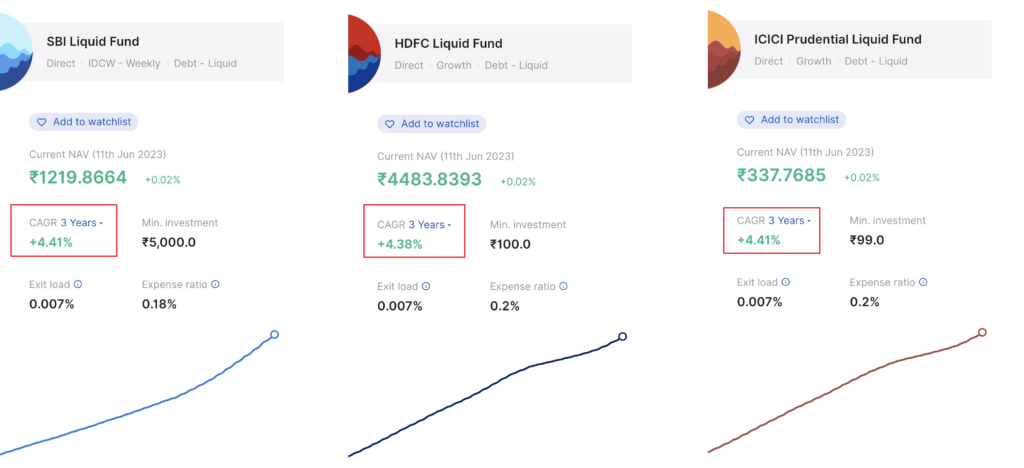



![Mutual Funds [Part 1] : A Beginner’s guide to Decoding Investment jargons.](https://profitablepursuits.in/wp-content/uploads/2023/06/image-7.png)
